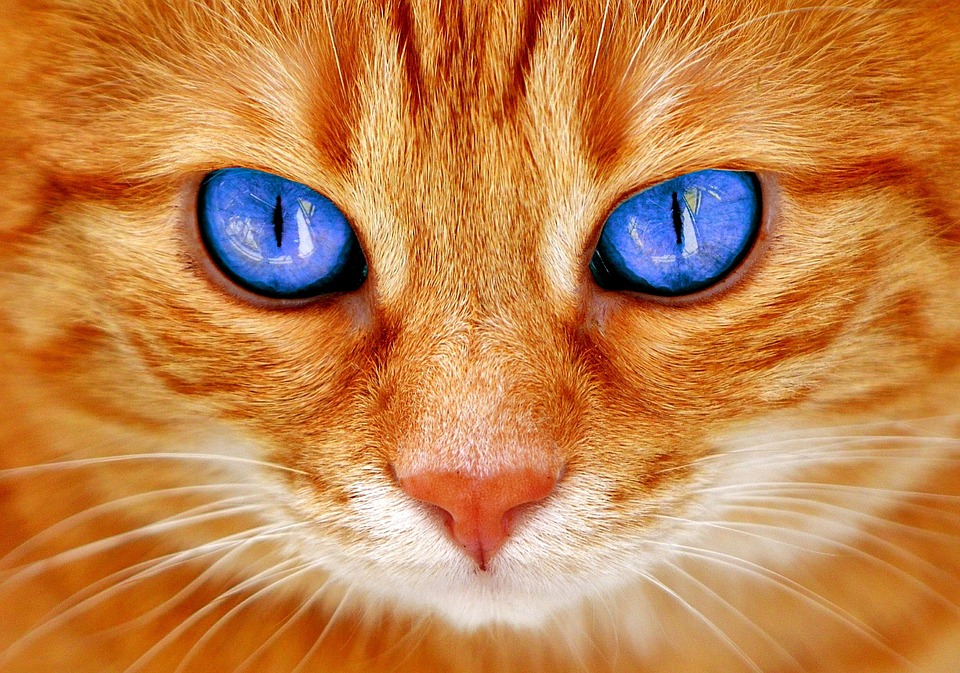Obesity in cats is a serious problem that can have detrimental effects on their health and overall quality of life. As responsible cat owners, it is our duty to understand the dangers associated with cat obesity and take the necessary steps to help our feline friends shed those extra pounds.
Firstly, it is important to understand what is considered overweight for a cat. Generally, a cat is considered overweight if they exceed 20% above their ideal body weight. Factors such as breed, age, and size can also play a role in determining whether a cat is overweight.
There are several causes of cat obesity, including overfeeding and improper diet, lack of physical activity, and underlying medical conditions. Overfeeding and improper diet can lead to excessive calorie intake, while a sedentary lifestyle can contribute to weight gain. Additionally, certain medical conditions, such as hypothyroidism, can cause weight gain in cats.
Identifying the signs of obesity in cats is crucial in order to address the issue promptly. Difficulty feeling the ribs, loss of waist definition, and fat deposits around the abdomen are common signs of obesity in cats. If you notice any of these signs in your cat, it is important to take action and help them shed those extra pounds.
The dangers of cat obesity are numerous and can have serious consequences for your pet’s health. One of the most significant risks is an increased likelihood of developing diabetes. Obesity affects insulin regulation in cats, making them more susceptible to developing diabetes. Maintaining proper blood sugar control is crucial for their overall health.
Excess weight can also lead to joint problems and reduced mobility in cats. The added strain on their joints and ligaments can lead to arthritis and other musculoskeletal issues. This can result in pain, discomfort, and a decrease in their overall quality of life.
Furthermore, obesity in cats can also have cardiovascular complications. The extra weight puts strain on the heart and can increase the risk of heart disease and hypertension. It is important to address these risks and take steps to help your cat achieve a healthy weight.
So, how can we safely help our cats shed those extra pounds? Consulting with your veterinarian is the first step. They can determine the ideal weight for your cat and help you develop a balanced diet plan. They can also address any underlying medical conditions that may be contributing to weight gain.
Implementing a proper diet is crucial for weight loss in cats. Choosing a high-quality cat food that is specifically designed for weight loss can make a significant difference. Portion control is also important, as overfeeding can hinder weight loss progress. Incorporating lean protein and fiber into their diet can help them feel full and satisfied.
Encouraging physical activity is another important aspect of helping your cat lose weight. Engaging them in interactive play sessions, providing toys and climbing structures, and creating a stimulating environment can all help increase their activity levels. It is important to find activities that your cat enjoys and make it a part of their daily routine.
Monitoring your cat’s progress and making adjustments as needed is crucial. Regular weigh-ins and body condition assessments can help you track their progress. If necessary, modifying the diet plan or increasing physical activity can help them continue their weight loss journey. Celebrating milestones and providing positive reinforcement can also help keep them motivated.
In conclusion, understanding the dangers of cat obesity and taking action to help your pet shed pounds is crucial for their overall health and well-being. By implementing a proper diet, encouraging physical activity, and closely monitoring their progress, you can ensure a safe and successful weight loss journey for your feline companion. Always consult with your veterinarian to develop a tailored plan specific to your cat’s needs. Together, we can help our cats live healthier and happier lives.








